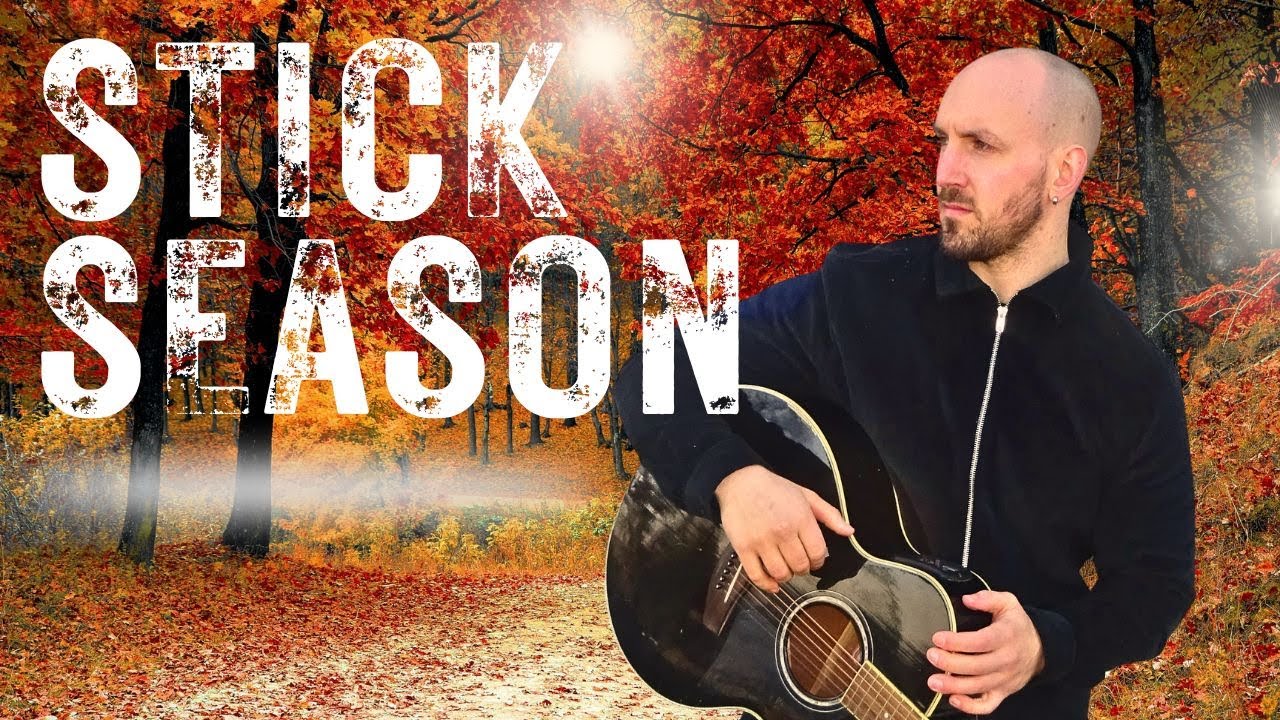Stick season is a term commonly used to describe the time of year when deciduous trees lose their leaves and the landscape becomes dominated by bare branches. This seasonal transition typically occurs in autumn or fall, depending on the region.
Characteristics of Stick Season
- Leafless Trees: The most prominent feature of stick season is the absence of leaves on trees. This creates a stark and often beautiful contrast against the sky.
- Crisp Air: The air tends to become cooler and drier during stick season, often accompanied by a crisp, refreshing feel.
- Vibrant Colors: While the leaves may have fallen, many trees display vibrant colors, such as yellow, orange, and red, before they shed their foliage.
- Seasonal Activities: Stick season is often associated with popular activities like hiking, leaf-peeping, and apple picking.
Cultural Significance
Stick season holds cultural significance in many regions. It is often seen as a time of reflection, introspection, and appreciation for the changing seasons. Many people enjoy the peaceful and serene atmosphere that stick season brings.
Environmental Impact
While stick season is a natural process, it can have some environmental impacts. For example, the loss of leaves can affect the ecosystem by reducing shade and altering the nutrient cycle. However, the bare branches can also allow sunlight to reach the forest floor, promoting plant growth.
Stick season is a beautiful and unique time of year that offers a chance to appreciate the natural world in a new way. Whether you enjoy the vibrant colors, the crisp air, or simply the peace and quiet, there’s something special about this seasonal transition.



